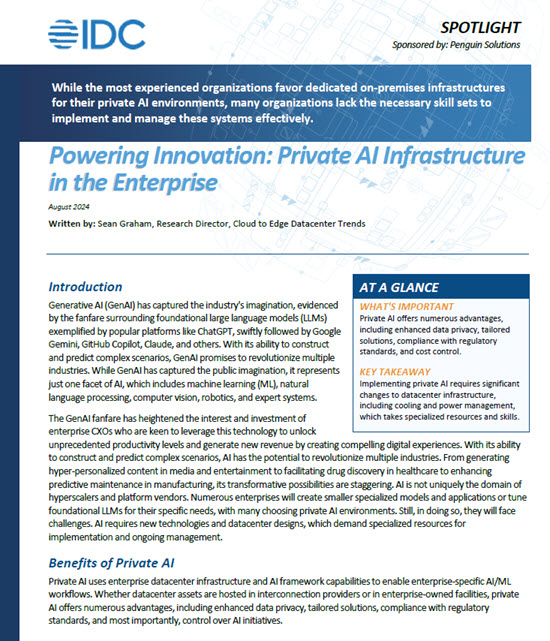The U.S. Department of Energy (DOE) announced a plan to provide up to $50 million to support U.S. scientists conducting experimental research in fusion energy science at tokamak and spherical tokamak facilities in the U.S. and around the globe. The DOE funding opportunities, “Collaborative Research on International and Domestic Spherical Tokamaks” and “Collaborative Research in Magnetic Fusion Energy Sciences on International Tokamaks,” are sponsored by the Office of Fusion Energy Sciences within DOE’s Office of Science and can be found here.
Fusion energy research seeks to harness the energy that powers the sun and stars as an abundant and clean source of power. Creating conditions for fusion requires generating and sustaining a plasma, a gas that is so hot that electrons are freed from atomic nuclei. A tokamak confines a plasma using magnetic fields in the shape of a torus, or smoke ring, which has a large hole in the middle. A spherical tokamak minimizes the size of the hole resulting in a more spherical shape, similar to a cored apple.
“These funding opportunities support foundational science and technology research connected to high-priority issues for a future fusion pilot plant, including plasma modeling, interactions, and control,” said Geraldine Richmond, DOE Under Secretary for Science and Innovation.
“Both the tokamak and spherical tokamak configurations show promise as a design basis for a future domestic fusion pilot plant,” said James Van Dam, DOE associate director of science for fusion energy sciences. “The advances we make through research at facilities in the U.S. and abroad through international collaboration will address key challenges in magnetically confined fusion devices and play a critical role as the world enters the burning plasma era.”
Up to $20 million will support research at spherical tokamak facilities to improve the modeling and scientific understanding of plasmas. The funding will support teams of U.S. scientists conducting research on domestic as well as international spherical tokamak facilities with complementary capabilities to U.S. facilities, including the Mega Ampere Spherical Tokamak Upgrade in the United Kingdom. Supported research topics will range from studies of the interplay between hot plasmas and the surrounding solid material surfaces to studies assessing internal plasma fluctuations that lead to losses of heat.
Up to $30 million will support research to improve fusion performance and increase the duration of burning plasma scenarios. Efforts will address urgent research topics including refining strategies for handling extreme levels of heat and plasma particles exhausted from tokamak plasmas, understanding the processes that couple the plasma to material structures, and validating burning plasma models and pilot plant design tools.
Together these efforts will build upon ongoing R&D efforts in magnetic fusion, materials science, and fusion nuclear science and investment in Office of Science user facilities.




